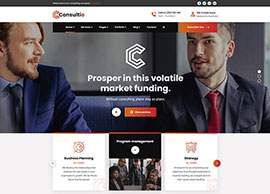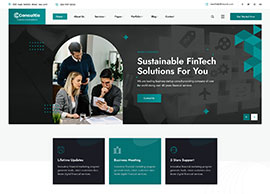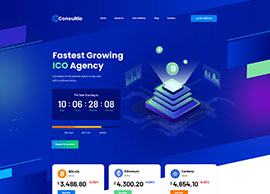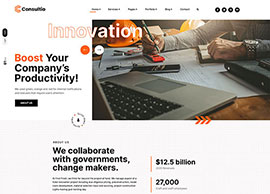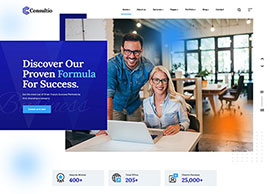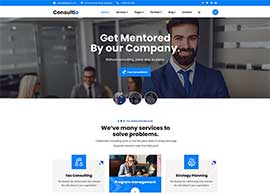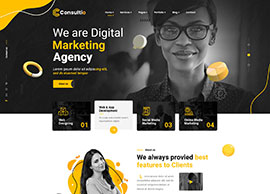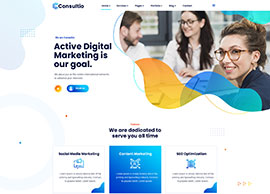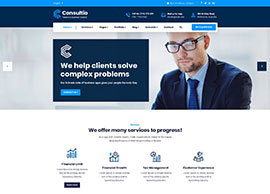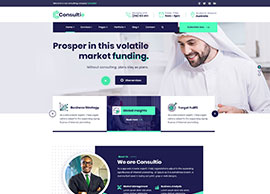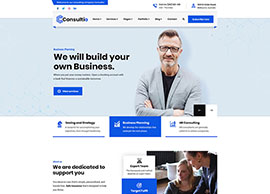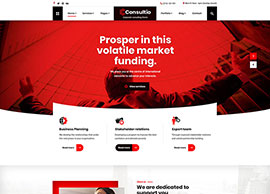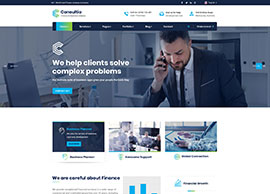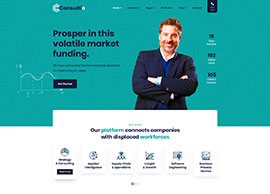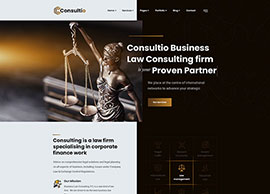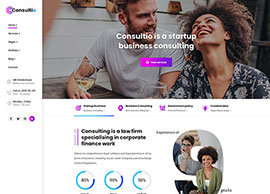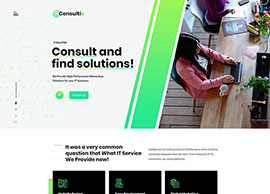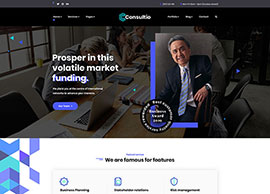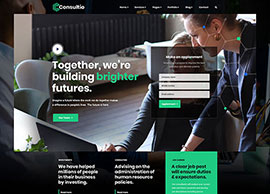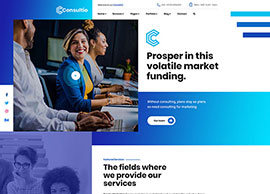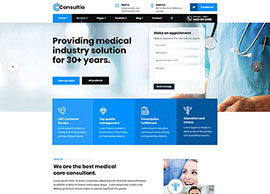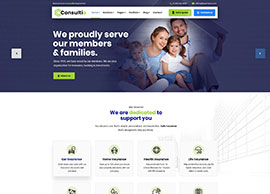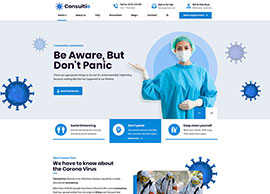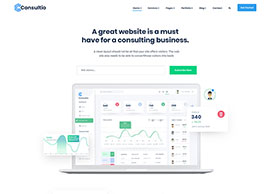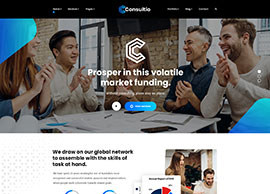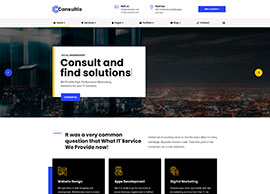What is Digital Disruption?
Digital disruption refers to a change in expectations and behaviors caused by, or expressed through, digital capabilities, channels, or assets, that radically alters the culture, market, industry, or process.
Digital disruption describes the change that happens when new digital technologies, services, capabilities, and business models affect and change the value of the industry’s existing services and goods. These new elements change or disrupt the status quo, forcing businesses to reevaluate the current market regarding goods and services and possibly adjust.
History has many examples of superior technology supplanting the status quo. The automobile replaced the horse and buggy, electric lights replaced candles and oil lamps, mobile phones ended landline superiority, and video killed the radio star.
The bottom line, digital disruption means change, and that can be good and bad. However, digital disruption is a unique animal. Let’s look at the elements of digital disruption and get a better sense of its uniqueness.
Why is Digital Disruption a Good Thing?
Digital disruption, though it has the potential of being a challenging and painful process, offers three solid business benefits:
- It increases customer satisfaction. Customers today want more variety, more innovation, more choices, and all of it delivered yesterday. Thanks to mass media, itself a beneficiary of digital disruption, customers today are savvier, more informed, and more discerning. Digital disruption spurs businesses to rise to the challenge of today’s consumers by staying ahead of the tech curve and incorporating the latest changes faster. Also, digital disruption gave us big data and analytics, which businesses can leverage into more outstanding sales by gaining insights into customer buying habits. Digital disruption makes marketing more manageable, resulting in a healthier company overall.
- It helps a company grow. Some species of sharks must keep swimming or they die. A company at rest is a company falling behind the competition. Digital disruption brings about radical change, pulling companies out of their comfort zone and moving them forward. A company that refuses to adapt and change, especially if its competition is doing so, is a company doomed to fail.
- It evolves and improves the workplace. Digital disruption brings innovations and new technology to the workplace. Look at the new workflow management tools, collaboration software, mobile devices, and cloud technology that have driven digital disruption. If you need a timelier and more relevant example, look at how revolutions in work-from-home technology have helped companies remain functional during the global pandemic.
Elements of Digital Disruption
Digital disruption breaks down into four distinct elements, each with the potential to change businesses’ ways.
Technology: Includes things like invention, usage, design, etc.
Business: Covers marketing, development, delivery pricing, etc.
Industry: Involves customers, methods, processes, standards, etc.
Society: Encompasses movements, culture, habits, and so on.
Companies that want to grow and succeed in the face of digital disruption must adopt the following five elements:
Develop a consistent, company-wide digital culture. The company must move as one, embracing new technology. This adoption is essential for companies that haven’t “gone digital” yet and includes training employees in new digital-based skills.
Create new customer experiences and produce unique outcomes. Disruptive technologies bring new ways of serving customers and exciting new results.
Shift from time-based decisions to data-driven decisions. Timeliness is important, but there’s little benefit in being the first company in the pack to make an ill-informed, destructive decision. There’s tons of valuable, actionable data out there, thanks to processes relating to digital disruption. Innovative companies will take advantage of this.
Incorporate new technology and business models into existing services and products. Companies that want to stay ahead of the pack and increase their market share will embrace the new and put away the old. Or, at least, modify the old with better procedures and tech.
Work with partners to create and innovate new procedures and policies. Teamwork is key. Companies should take advantage of their existing partnerships’ experiences and skills to collaborate on better business practices. Everyone wins; your company, your partners, and your customers.
Examples of Digital Disruption
We touched upon a few examples of disruption earlier on, but let’s look at five past examples of disruption as they apply to the digital world.
Video Streaming/Web-Based Video
Netflix disrupted Blockbuster Video by focusing on DVDs instead of VHS tapes. Today, Netflix keeps on disrupting the status quo as a major player in the video streaming business. On-demand viewing has turned traditional broadcasting and cable services on their collective heads. Not only are the conventional carriers jumping on board the video stream train, but a host of other online tv platforms has also sprung up, such as Hulu and Sling TV.
Smartphones
When you talk about disruptive technology, smartphones should not only be part of the conversation but are probably at the top of the list. Smartphones are everywhere today and have all but killed landlines and payphones.
While the sight of the postal person dropping mail off in your mailbox isn’t going away anytime soon, it’s abundantly clear that the invention of email has put a deep dent in the post office. Why undertake all the hassle of writing a letter, mailing it, and waiting several days for the recipient to get it when you can fire off an email in a fraction of the time?
Online References and Encyclopedia
Does anyone even buy bound sets of encyclopedias anymore? Why would anyone want to sink $1000 into buying these bulky volumes that will end up being obsolete within five years when you can just log on to Wikipedia or other online reference sites and get current information cheaper and faster?
Personal Computers and Hand-Held Devices
Hey, remember those bulky desktop computers that proliferated households and workplaces in the ‘80s and ‘90s? Miniaturization, increased processing power, and the advent of wireless technology have made desktops almost obsolete. Granted, they do still exist in great numbers, but their era of dominance is over. Laptops, pads, and tablets offer everything a desktop computer can, but with the added advantage of mobility and convenience.
The Top Five Potentially Disruptive Technologies of 2023
We’ve listed five technologies that have disrupted industries in the past. Now let’s look at five technologies that are most likely to have a more significant disruptive effect in the next year.
Online Learning
Crises breed innovation, and there’s nothing like a worldwide pandemic and its ensuing lockdown to help inspire people to design better ways to learn online. Online education offers students a cheaper, more convenient way of getting a degree or certification, circumventing the expensive university system. While this industry is still evolving, online learning is poised to threaten the traditional college learning model.
3D Printing
3D printing looks like something out of a science fiction movie or tv show, but it’s here right now and gaining traction. Currently, 3D printing mainly supports established manufacturing processes, but if the technology becomes better developed and cheaper, could we see households having their 3D printers creating items instead of ordering them through retailers? 3D printers are becoming increasingly sophisticated, and 2023 could be the year we see their stock rise.
Cryptocurrency
Many of us have heard talk of Bitcoin and blockchain technology, but it hasn’t yet dominated everyday commerce. Note the use of the word “yet.” Cryptocurrency offers greater security levels, something that both consumers and businesses highly value in these days of rising cybercrime and data breaches. Digital wallets could potentially disrupt traditional banking and even online payment services, the latter of which has already disrupted traditional bill-paying methods!
P2P Commerce
P2P commerce involves two individuals interacting directly without a go-between, selling and buying goods and services to each other. Think of Airbnb, for example. Although P2P isn’t anywhere close to crippling the hotel and hospitality industry yet, there are ominous warnings.
Ride-Sharing and Car-Sharing
While we will always need taxis, companies such as ZipCar, Lyft, and Uber have thrown the cab industry for a loop. These services end up cheaper, more convenient, and don’t even require cash to change hands (another innovation!). These services are only going to continue rising in popularity. If tech companies ever get all of the kinks out of driverless car technology, it will only add to the overall disruptive effect.
Are You Interested in a Career in Digital Marketing?
Digital marketers are ideally situated to take advantage of digital disruption and turn it into a game-changing, winning strategy for their place of business. Simplilearn can help you get started on your path to becoming a digital marketing professional.
Our Post Graduate Program in Digital Marketing, provided in partnership with Purdue University and co-created with Facebook, is meant for professionals looking to pursue a digital marketing career, know the fundamentals, gain hands-on experience, and learn the latest digital marketing skills. You will discover top digital marketing tools with this digital marketing program featuring Masterclasses from Facebook and Purdue, and Harvard Business Publishing case studies.
You can also opt for the Digital Marketing Specialist Master’s program. This online digital marketing certification course transforms you into a complete digital marketer with expertise in top domains like search engine optimization, social media, pay-per-click, conversion optimization, digital analytics, content, mobile, and email marketing. Become industry-ready learning the latest tools, working on real-world projects, and attending Masterclasses from the Facebook team. You’ll be exposed to 40+ digital marketing tools, extensive project experience, and Mimic Pro simulations to make you job-ready.
Digital marketers in the US earn a base annual average salary of USD 56,146, according to Indeed. The same professionals in India, according to Glassdoor, earn an average of ₹383,541 yearly.
Learn digital marketing and master the forces of digital disruption. Visit Forar Tech llc today!






